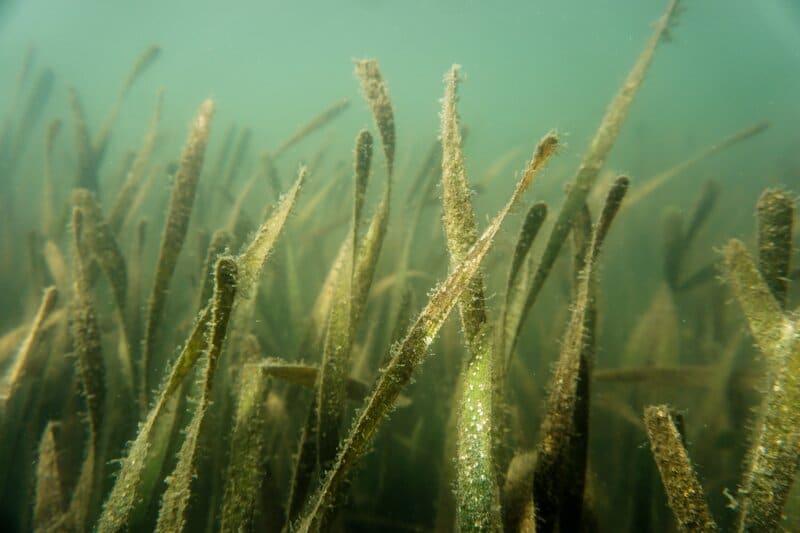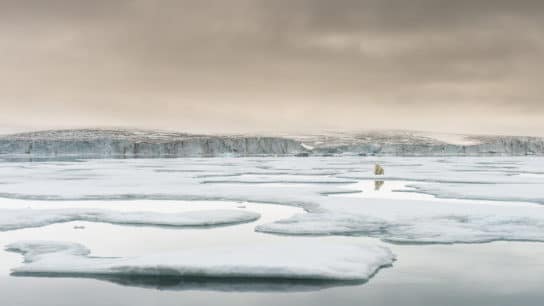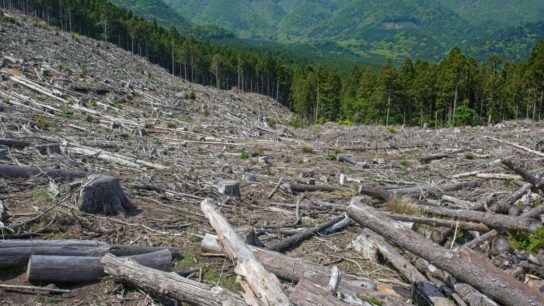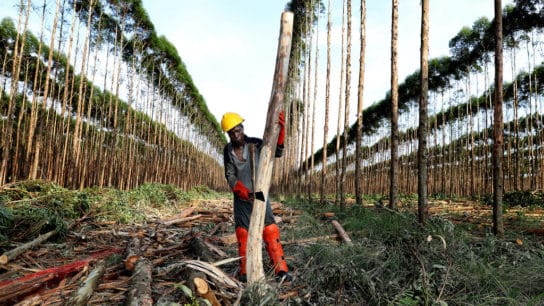Seagrass, one of the most diverse and valuable marine ecosystems on the planet, plays a crucial role in combating climate change, ensuring food security, protecting coastlines, enriching biodiversity, controlling disease and filtering water. Climate change and human activities are contributing to their rapid decline, which has devastating consequences on marine life. Thankfully, restoration projects to restore seagrass are gathering pace around the world.
—
What is Happening?
- From the Gazi Bay in Kenya, to Maputo Bay in Mozambique, all the way to Dale Bay in Wales, projects to restore seagrass are becoming more popular as the realisation of their importance grows.
- Seagrass meadows, swaths of green, grass-like shoots and flowers- are a significantly effective nature-based solution to climate change. Covering only 0.1% of the ocean floor but storing around 18% of oceanic carbon, seagrass provides food and livelihoods to coastal residents and helps to increase ocean biodiversity.
- However, according to research from the United Nations Environment Programme (UNEP), seagrass habitats have been in decline since 1930 and today, 7% of seagrass habitat is lost each year, the equivalent of a football field every 30 minutes.
- Part of the reason for their decline is climate change, as well as increasing coastal populations, dredging and unregulated fishing.
You might also like: Would You Buy Products With Carbon Labels?
Leticia Carvalho, Head of the UNEP Freshwater and Marine Branch, says, “We have to be aware of the impact these activities have on our coastal ecosystems. We need to ensure we prevent, halt and reverse damage to seagrass meadows wherever possible.”
- Seagrass zones are among a growing number of ecosystems, including forests, savannahs and mountains, under pressure from human development. Since 1970, 30% of natural freshwater ecosystems have disappeared.
- This decade is crucial to restoring and reviving natural spaces, and efforts to reverse the decline of seagrass will take an international effort.
- Seagrass is found in the coastal regions of 159 countries on six continents and covers an area of around 300 000 km sq km.
- The UNEP is supporting several seagrass projects, including the Mikoko Pamoja project in Gazi Bay, Kenya. The project also includes mangrove restoration and is designed to fight climate change, conserve biodiversity and improve livelihoods in the community. The project has been partially funded through the selling of carbon credits and shows how collaboration between local, national and international organisations can lead to successful ecosystem restoration.
- So far, Mikoko Pamoja has provided clean water, through the digging of wells, for 3 500 people and 700 children have received education materials. On top of this local schools have been repaired and improved.

















